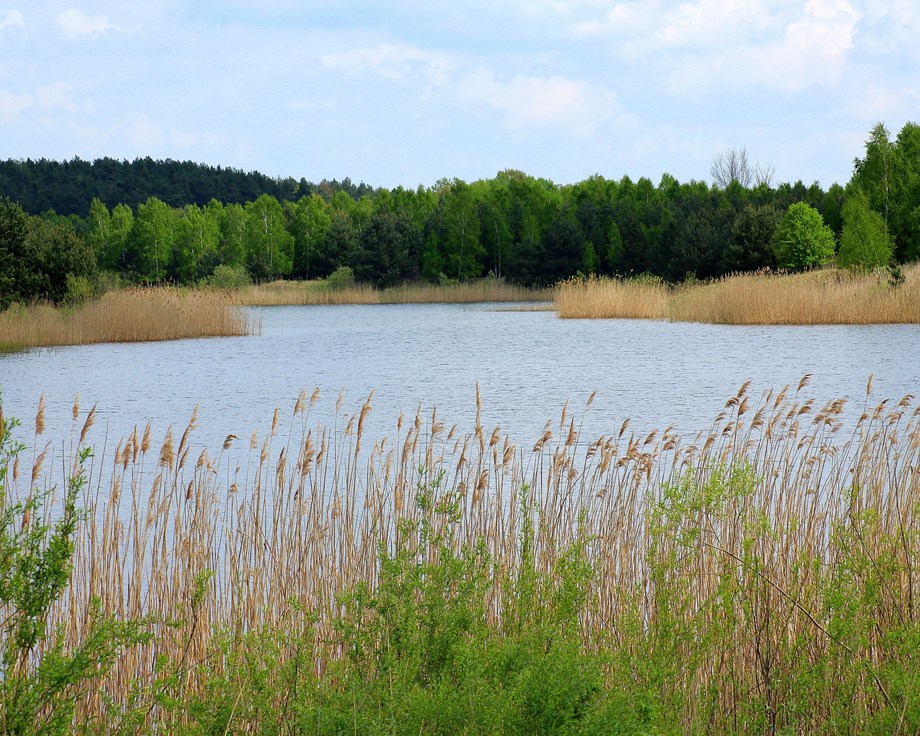OECD Model
In freshwater systems, phosphorus is usually the limiting nutrient that controls primary productivity. However, phosphorus is also an essential mineral for fish and most fish feed have phosphorus levels that are higher than required and the surplus is excreted or released to the environment as uneaten food. Thus, if production is not carefully managed, there is a risk of excess phosphorus loading to the environment which could lead to eutrophication. As part of the licensing and regulatory process there is a need to understand how fish production and waste inputs could affect the environment as this enables decision makers to decide on the allowed biomass for the site.
The OECD total-phosphorus mass-balance model (now known simply as the OECD (1982) model) was initially described by Vollenweider (1968), later refined for lakes by Vollenweider (1976) and ground-truthed for wider use by the OECD study (1982).
The Scottish Environmental Protection Agency (SEPA) use a derived version of the OECD model (1982) to regulate freshwater cage aquaculture in Scotland. It has been paired with the Phosphorus Land Use and Slope (PLUS+) model for regulatory use to inform decisions related to changes in land and water use within Scottish freshwater loch catchments (Donnelly et al. 2011).

